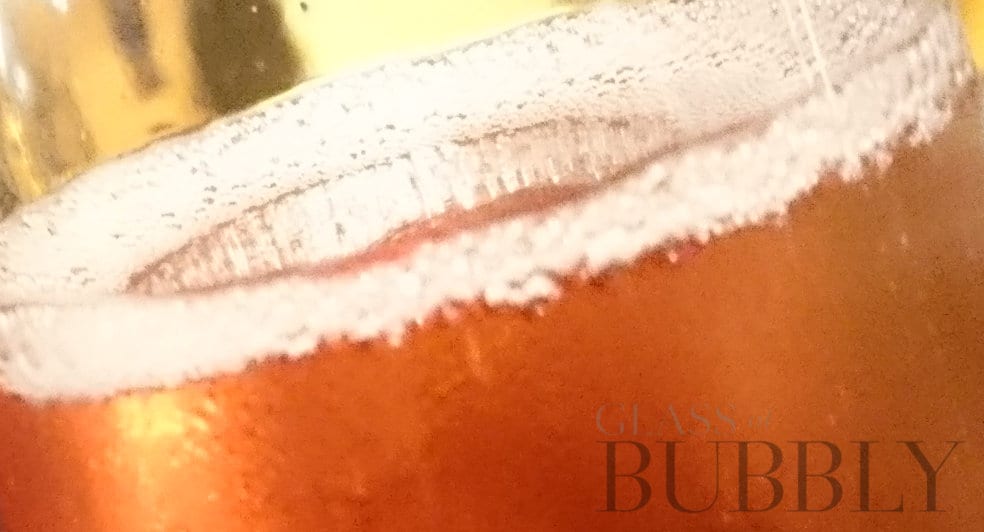Mission Impossible: The Hunt for Rosé Prosecco
19th May 2015

Have you ever wondered why Rosé Prosecco is so hard to find? Well it doesn’t exist that’s why! Something I didn’t know when starting to search for a pink Prosecco. I was aware of Rosé Champagne, Rosé Cava and occasionally had seen a Rosé Prosecco on a wine list. A pink Prosecco in my range would be just perfect!
So off to Italy and the search began. During my trip, I visited Furlan, a Prosecco winery who had contacted me about a sparkling rosé. The bottle was very elegant and the wine a very delicate soft salmon colour. The aroma jumped straight out of the glass. No mistaking the strawberries. The wine tasted as fabulous as the aroma suggested; fresh, fruity and soft, with complexity to it. I loved it.
The rosé was made from 70% Glera (the Prosecco grape), 27% Manzoni Bianco (a native white grape from the Prosecco region) and 3% of the red grape, Cabernet Sauvignon. A fabulous Rosé Prosecco. I’d found it. Hurrah! Mission accomplished. But no. After talking to the winery in more detail, the wine we had just tried was labelled simply as “Spumante Rosé Brut”? Really?! That can’t be right? But 70% of the wine was made from Glera, the Prosecco grape. Produced by a winery in the Prosecco Superiore region. It’s only the same as having a Rosé Champagne or a Rosé Cava, isn’t it? No, apparently not.
The Consortiums that govern Prosecco don’t allow a blended Rosé Prosecco to be labelled as such. To be called Prosecco, the wine can only be made from white grapes; Glera and up to 15% of 8 other specified varieties of white grapes from the Prosecco region. The rules do not allow red grapes to be used which would give the wine the pink colour. So there you have it, no Rosé Prosecco.
I’d love to see a Rosé Prosecco, as would a large percentage of the global market I’m sure. There just needs an amendment to the Prosecco rules to allow for red grapes to be used in the blend. Simple. Sadly, I can’t see that happening, not in the foreseeable future anyway. It appears that the Consortiums and the majority of the producers in the Prosecco region do not want a rosé variant due to the long history and tradition of Prosecco being identified strongly as a white wine. If you do spot the words “Rosé Prosecco” on a bottle, on a wine list or any other communication (used instead of the actual non-descript names such as “Spumante Rosé”), then it’s illegal.
So, if you’re curious to experience what a “Rosé Prosecco” could taste like, you can always try my wonderful Furlan Spumante Rosé Brut. Please let me know what you think if you do, or indeed, your thoughts on “Rosé Prosecco”. Cin cin.
Shared by Julia Phillips
![]()
Glass of Bubbly
Executive editor of news content for the website Please enjoy the articles that we share - We hope you find our love for Champagne & Sparkling Wines both interesting and educational.
